Buyer's guide: How to choose the best family-friendly flooring
We run through the pros and cons of various flooring types and whether they'll be a good fit for your family home
Choosing flooring… we know it’s not the sexiest topic when it comes to planning a reno or makeover, but it is literally the foundation of any room design. Not only will the material impact the look and feel of a room, but it also needs to be practical for its setting, as what might be suitable for a hallway won’t necessarily work in a bathroom.
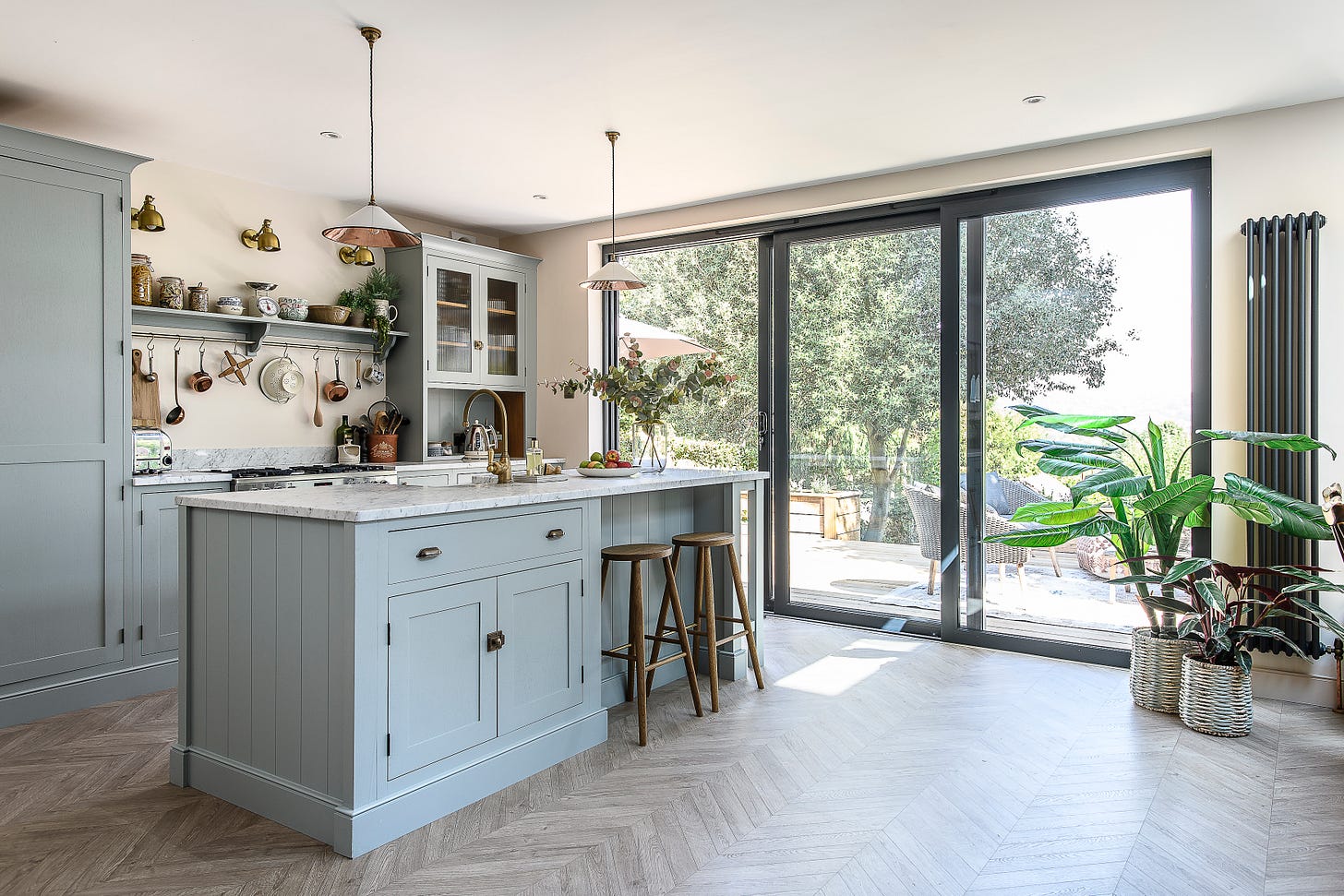
For both Sophie and I, choosing the right material underfoot was one of the most difficult design decisions that either of us have had to make in our own family homes. Selecting paint colours, wall art and furniture layouts – they’re all factors that can be easily changed. But when it comes to flooring, you need to be sure that you’re happy with your choice as (unless you’re made of money which we most certainly are not) it’s unlikely that you’re going to be changing it any time soon!
Which is why in today’s newsletter I’ve decided to share my own flooring choices, as well as advice from the experts as to what materials work best in different areas of a family home. From slip-resistant tiles to sustainable no-vinyl flooring, we’ve got you covered. Enjoy and don’t forget to let us know what you think about this newsletter in the comments at the end!
CARPET
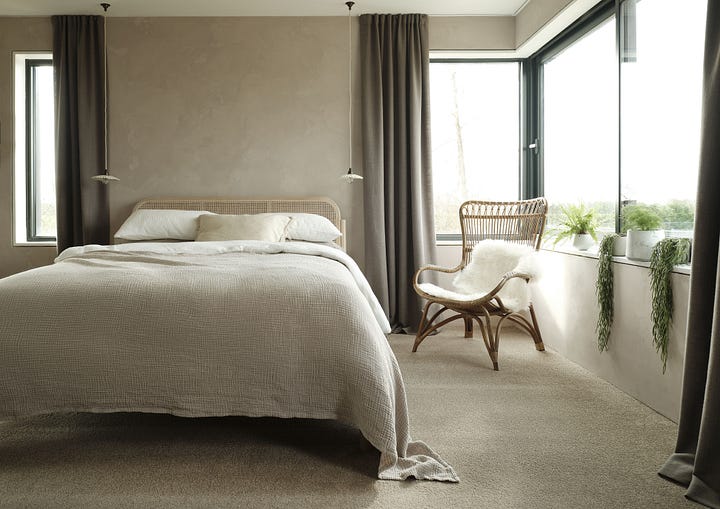
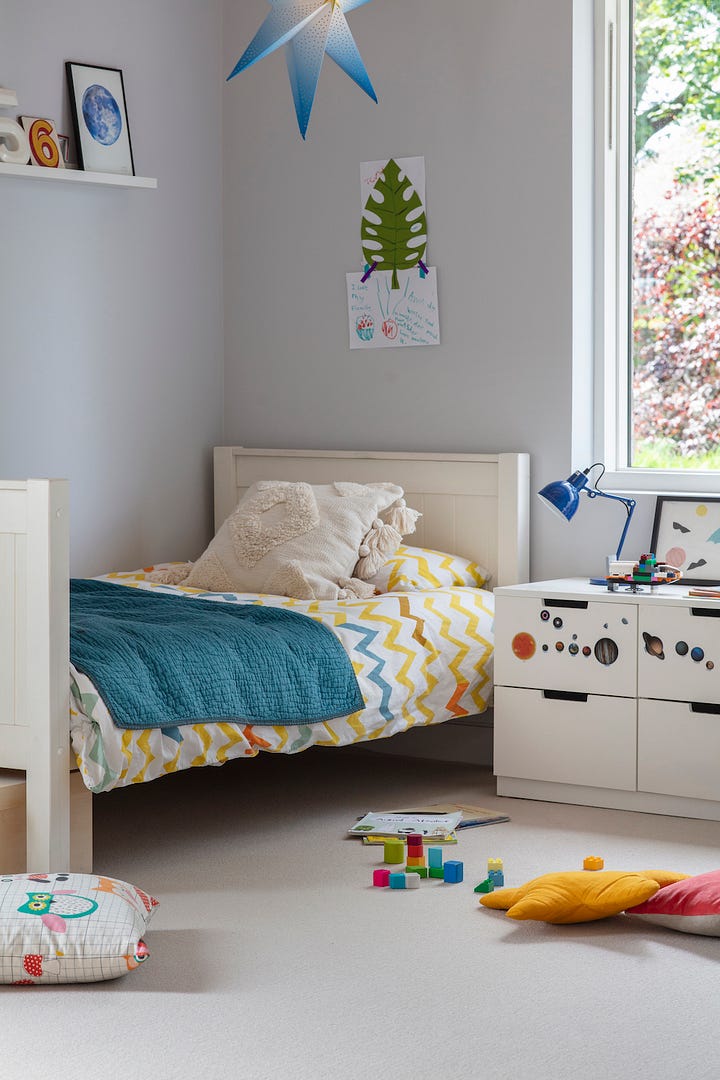
Whether you like it ultra fluffy underfoot or you prefer a trendy sisal or wool loop design, carpet is a mainstay of the family home, providing ultimate comfort in relaxation spaces.
Often on the more affordable end of the scale are man-made carpets. Nylon is known for its durability and resilience, making it ideal for high-traffic areas, while polyester carpets are softer but may not be as durable. Polypropylene has good stain-resistant properties and is often used in areas prone to spills or messes, such as playrooms or dining rooms. However, they aren’t the most eco-friendly, but there are an increasing number of carpet ranges that use recycled PET plastics that are excellent for family homes, such as Carpet Right’s People and Planet range.
Another great natural alternative for family homes that’s gaining in popularity is wool carpet. “Not only is it better for the planet, it’s better for our homes, too,” says Graham Clark, marketing director at British Wool. “The material acts as a natural air filter by absorbing harmful ‘volatile organic compounds’ (VOCs), meaning it’s great for allergy sufferers.” Wool is also naturally springy and robust, keeping its shape for longer than any other carpet. Plus, the material is a lot less susceptible to dirt and spills thanks to its natural water-repellent coating, making it an ideal choice for busy areas of the home. It’s not the cheapest option, but it’s guaranteed to look great and will stand the test of time.
Sisal and seagrass is super popular but one thing I’ve been told by a professional floor fitter was that he wouldn’t fit sisal or seagrass on stairs. He said the problem is that as they wear they can become slippy – now, there’s certainly some debate on this but it may be worth erring on the side of caution with little ones. It’s great for other areas of the home though, such as large area rugs in the grown-up spaces; obviously it can be a bit scratchy on the knees for toddlers! Sisal is generally more prone to staining than seagrass and shouldn’t be used in moisture-heavy areas, but it is slightly more durable than seagrass.
One last thing to note on carpet is don’t be tempted to skip (or skimp) on underlay. It’s a vital part of ensuring the lifespan of your carpet, as well as providing that bit of extra comfort, especially if you’re laying carpet onto a brand-new concrete floor. Expect to pay anywhere between £2-£10 per sqm for underlay.
TILES

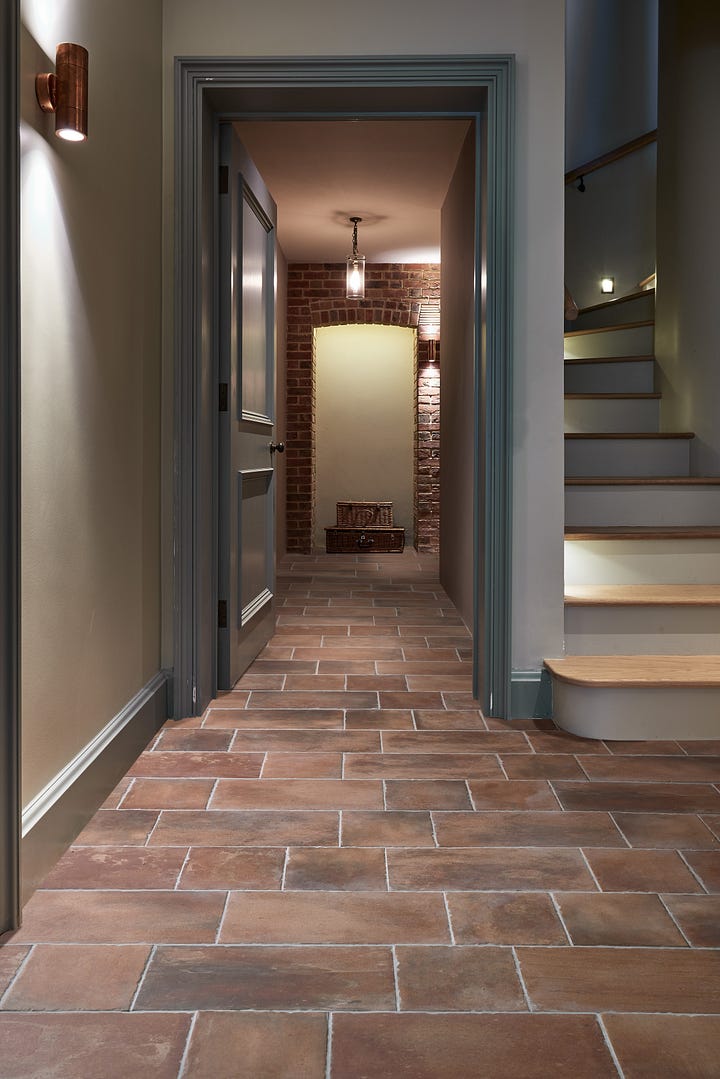
“When it comes to choosing family-friendly tiles, we would recommend using porcelain on your floors all day long as it’s hardwearing and more suited to a busy, heavy footfall environment,” says Amanda Telford, marketing manager at CTD Tiles. “As for tiling floors that go into the showers or wet zones, it’s best to use anti-slip tiles or those with some texture and structure for grip underfoot, especially in family spaces. Tiles have a slip rating, ranging from R9 to R13. R11 or higher is usually considered a safe bet for wet zones.” If you’re looking to install underfloor heating, ceramic or porcelain tiles, such as realistic wood-look finishes, are perfect for adding a touch of warmth, both practically and aesthetically. They’re durable, heat up fast and are generally cost-effective – both in maintenance and in heat distribution, meaning you won’t rack up the energy bills.
Natural stone tiles obviously look lovely and have a timeless appeal but they’ll require some hard graft to maintain, including regular sealing to protect them from stains, moisture and damage. Consider their porosity – marble and limestone for example are more porous and prone to staining than others so will require that extra TLC.
WOOD
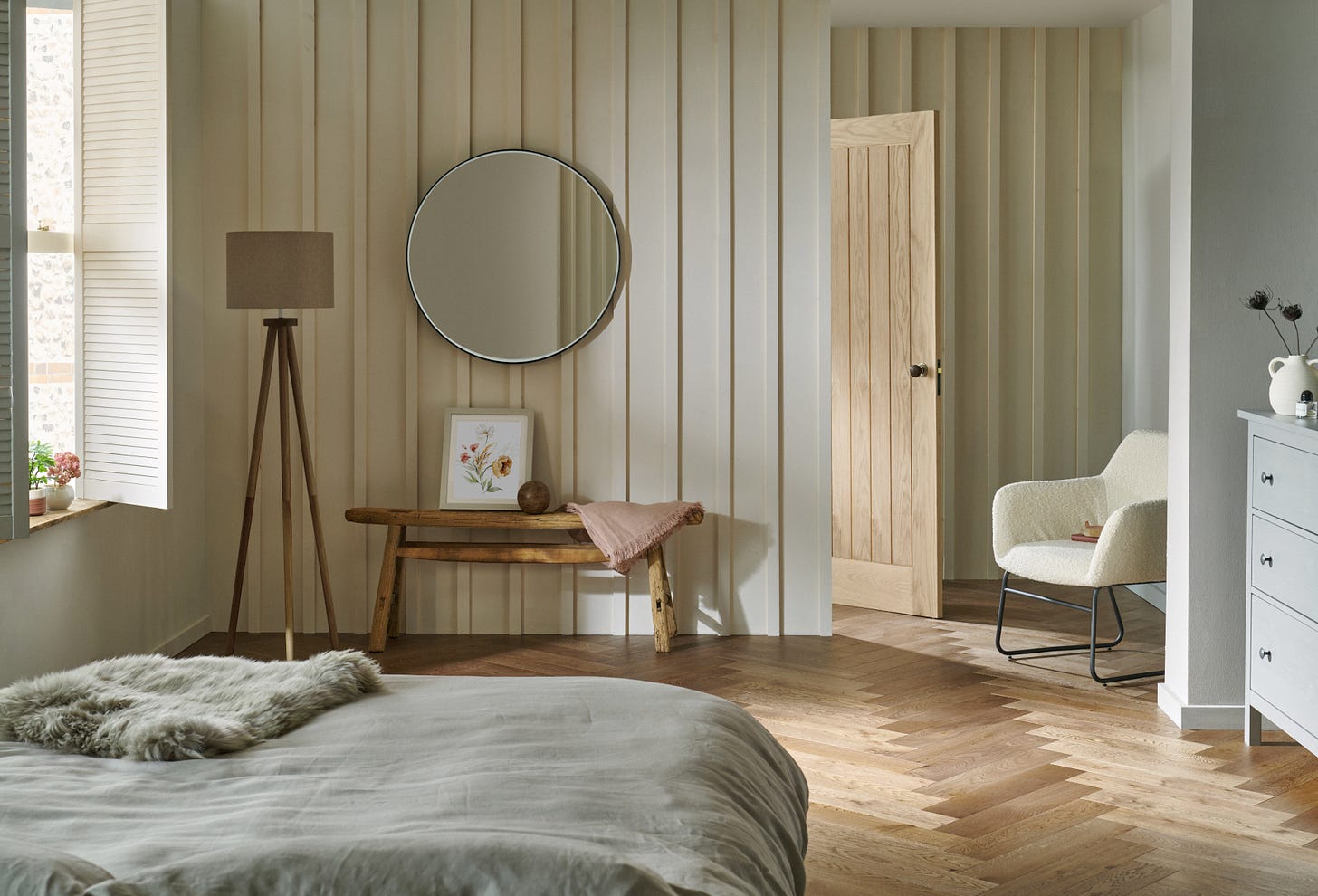
If your heart is set on wood, then engineered wood flooring offers all the good looks of solid wood but it’s way more durable when it comes to the hustle and bustle of family life. It’s made up of real wood that’s then bonded to an incredibly strong plywood base, preventing the floor from warping, bending or swelling. However, it will be susceptible to scratches, dents and water damage if it’s not properly maintained, which let’s face it, is likely. The kids aren’t going to give a second thought to dragging a chair across the floor or cry over the literal spilled milk, so it’s worth reserving for those less high-traffic areas such as bedrooms and living rooms. It’ll need refinishing and resealing to look its best, plus it’s worth noting it can be noisy in high-traffic areas so you may want to include rugs or other sound-dampening solutions. Given the more complex installation process, it’ll cost more to fit than other types of flooring such as LVT so make sure you budget for this.
LAMINATE
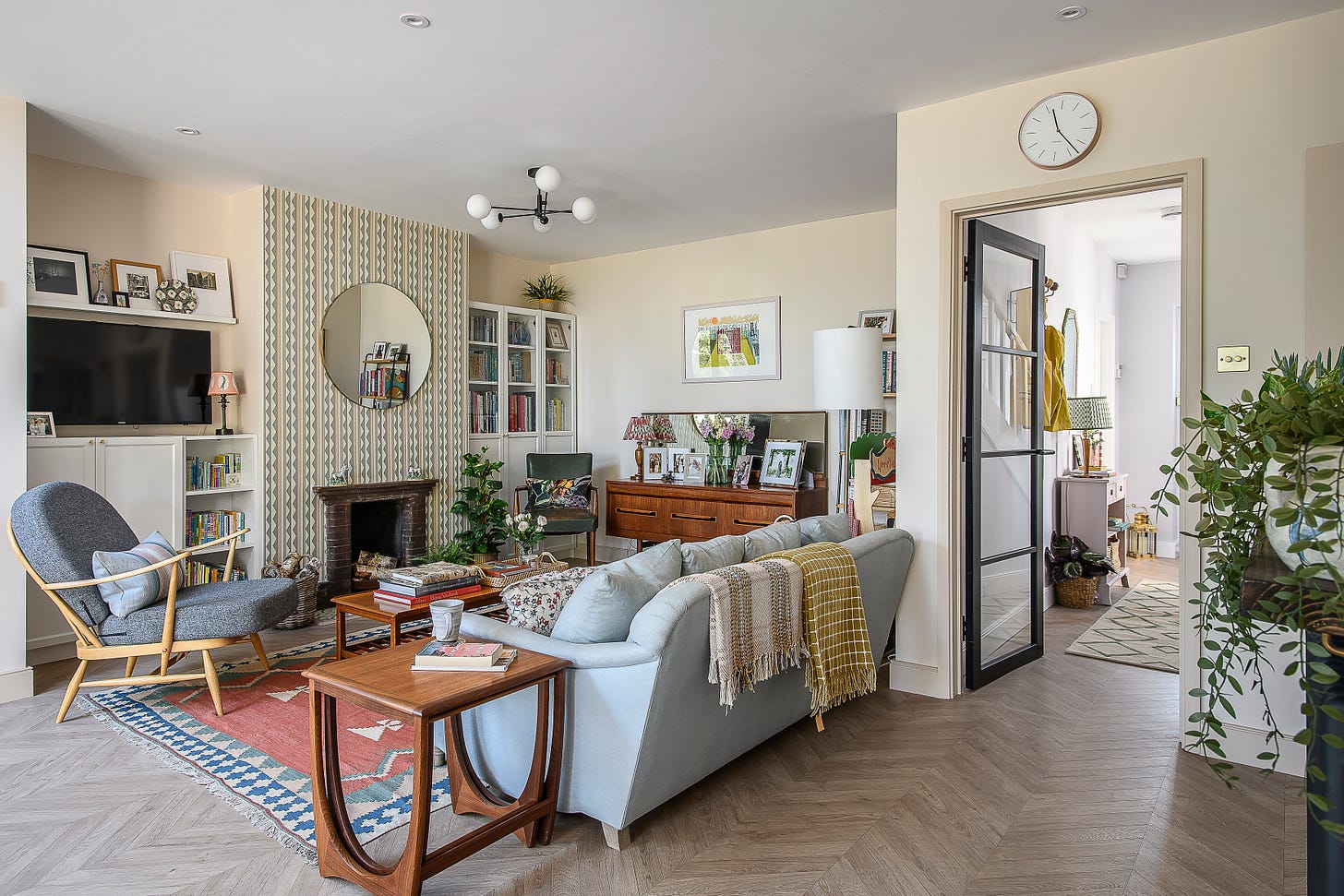
Laminate flooring is a popular choice for family homes due to its affordability, durability, and easy maintenance – I’ve got QuickStep laminate flooring at home (pictured above) and can attest to its practically bombproof nature, which has been subject to spillages of all sorts, pen marks, ride-on cars, the dog’s paws, heavy things dropped etc and it amazingly hasn’t marked or scratched. I did choose one that has Scratch Guard technology and is water resistant, which I’d definitely recommend for high-traffic areas like our open-plan living space. It’s a fuss-free floor that’s perfect for school-age children and pets, but as with any hard flooring, it’s less ideal for babies and toddlers, although large area rugs, kitchen runners and tasteful playmats go a long way to providing a softer landing (we only encountered a few bumps!). Regular sweeping and occasional mopping are usually all that's required to keep it looking great, and it’s even something that can be fitted by a competent DIYer. It’s important not to skimp on a well-prepped subfloor and a good-quality underlay as it can produce a hollow sound when walked on if it's not properly installed or when paired with a bad underlay, plus it’s key to go for a good-quality laminate itself – stylistically it’ll have a more realistic wood/stone effect and it’ll last longer.
LVT
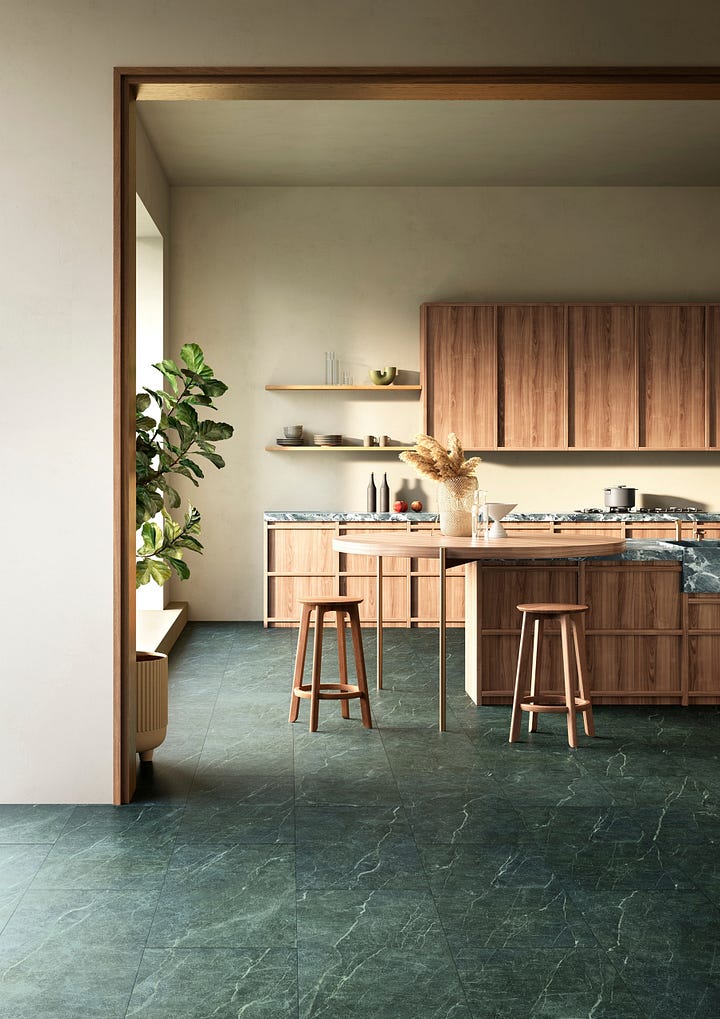
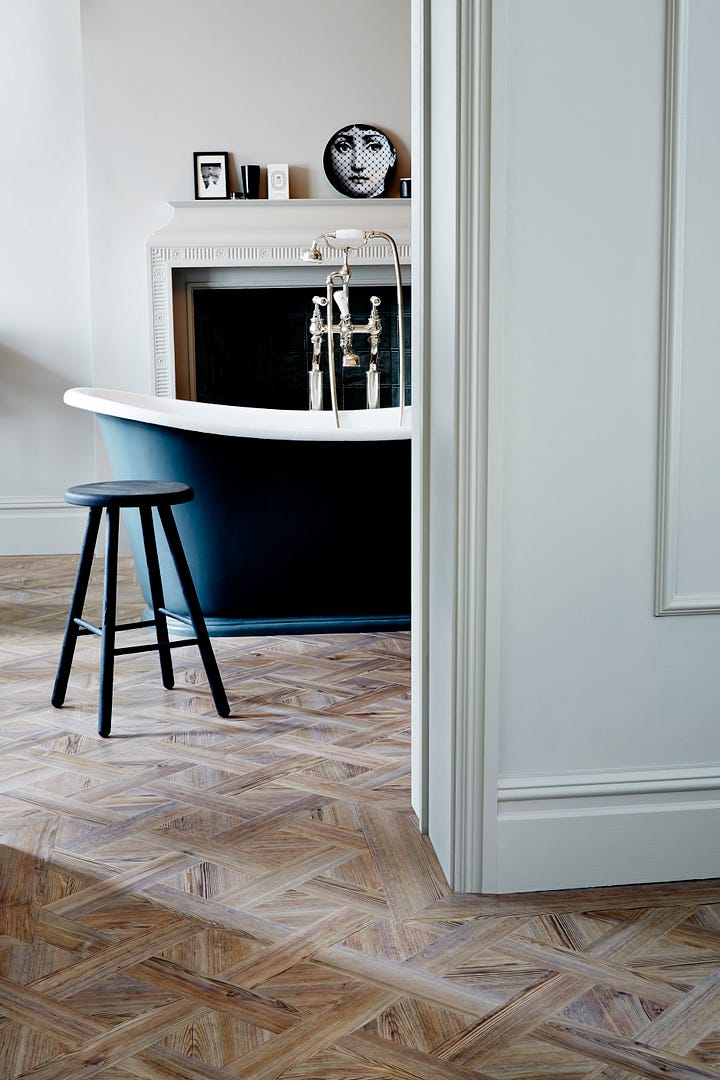
Much like laminate, LVT (Luxury Vinyl Tile) is fab for busy families thanks to its durability and easy-care nature, plus it’s super stylish thanks to its ability to realistically mimic the look of materials such as wood, stone or porcelain, unlike the standard vinyl on a roll. The main pro is its premium water resistance, meaning it can even be used in bathrooms. LVT can also be softer underfoot without necessarily requiring underlay like laminate, but it is often a pricier option for both the product and installation. For those looking to reduce their environmental impact, No-Vinyl Tiles are perfect, especially for kids’ spaces. “Consisting of 90% renewable raw materials, they offer all the practicality of LVT, while eliminating PVC and plasticisers, making them completely recyclable and non-toxic,” says Natalie Mudd, creative director of The Wood Flooring Co. “Quiet and warm underfoot, the non-porous surface will not absorb dirt, liquids or other materials, providing you with a worry-free zone for your children’s bedroom or playroom.”
Have we answered all your flooring needs today? If you have any further questions, please let us know in the comments below and we’ll try to answer them for you as soon as possible.



